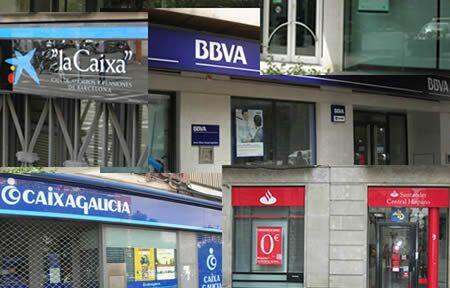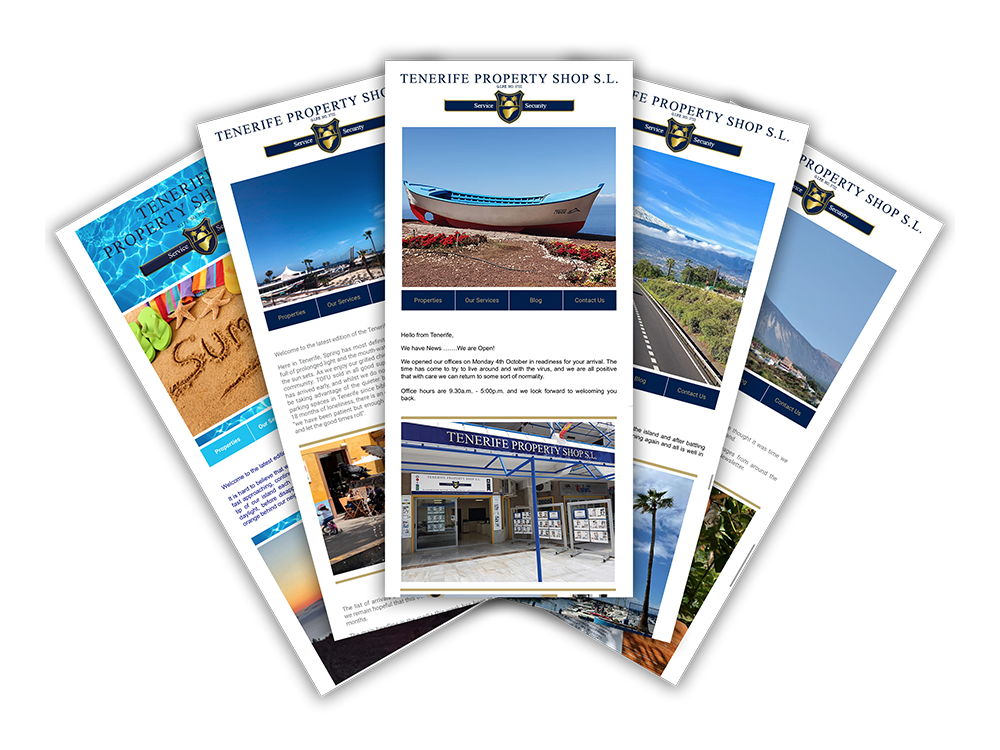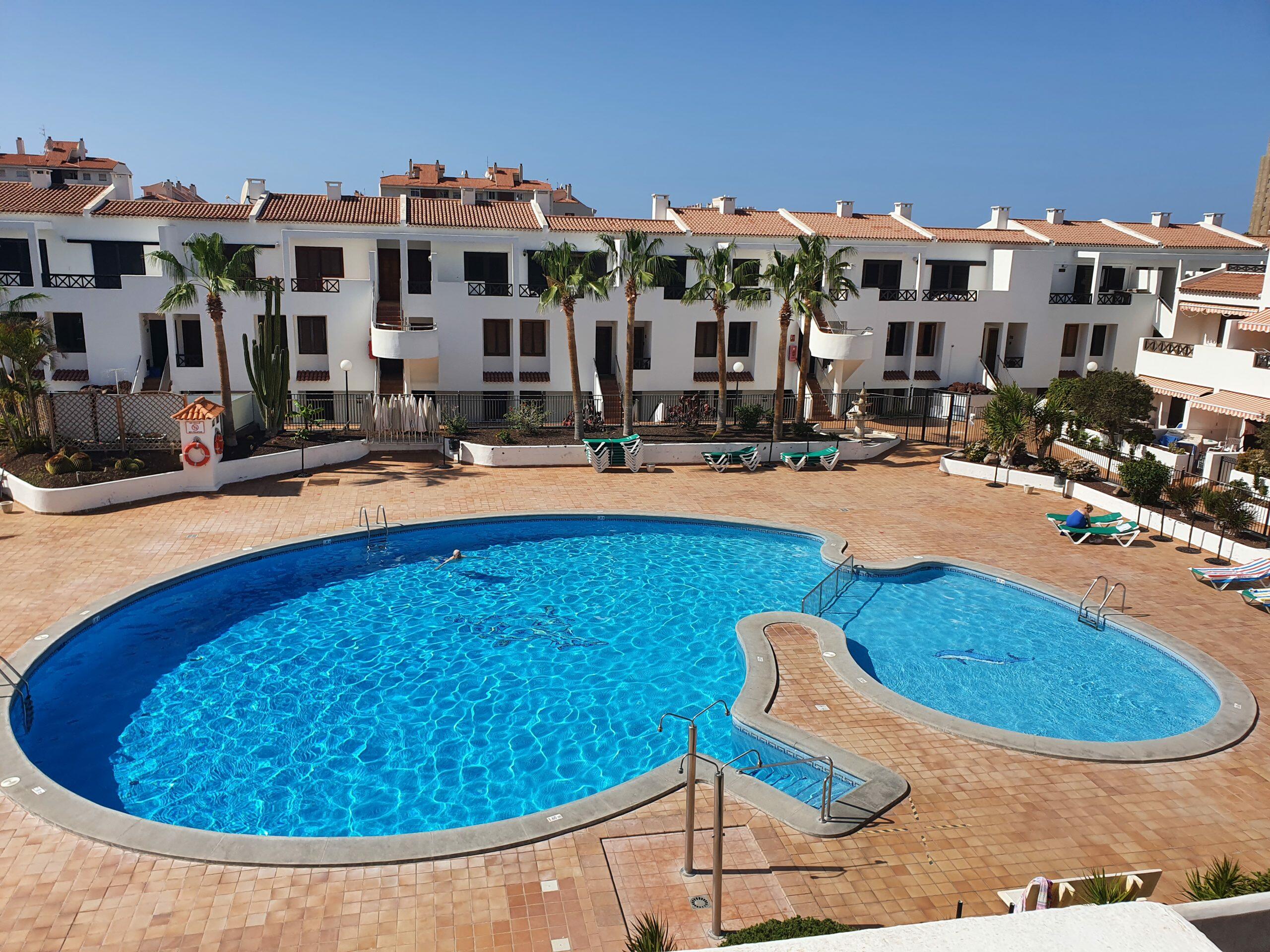Bank Repossessions in Tenerife

Many bargain hunters are aware of our links with banks and ask us about bank repossessions and foreclosures in Tenerife. Although we have access to bank portfolios to sell these properties, it is rare that anyone buys one! Clients come to us, expecting to be shown a hidden box of incredible bank bargains and tend to be (understandably) disappointed in what the banks can offer. We’d like to explain why!
There has been much debate in both Spanish and English media about whether bank repossessions are good value for money or not. On the one side is the seemingly common sense statement, "Well they’re bank repossessions, so they must be!" and on the other are a raft of reasons explaining why bargain hunters are turning their back on bank repossessions.
The main criticism in the Spanish Press is that the banks are not offering any desirable properties at good prices. Where there are good bargains, they will tend to have been snapped up before they see the light of day. An article in El Mundo, Spain’s equivalent to The Times, looked at what the biggest lenders were actually offering to investors. Not only did they note that foreclosed properties are undesirable, but they go on to tell readers why. They explained that Spain’s largest bank, Santander had 1,300 discount properties, 400 of which have already been sold to the bank’s employees or ‘other select groups’.
Good bargains in Spanish repossessions never even get to the public eye they are snaffled up by ‘insiders’. Those that remain are often stripped of anything of value inside by their exiting owners, and some have even been vandalised. For example, Santander’s portfolio of repossessed properties includes only 2 properties in the South of Tenerife. Both are located in a scruffy residential block above some shops in the town of Granadilla: certainly nobody’s picture of a holiday or investment. Other banks echo with similarly undesirable results.
But the reason for this is not surprising, at least in Tenerife. Here, Spain’s sub-prime lending was to people living and working on the island and that’s where the 100 and 110% mortgages went. They did not buy apartments with pools near the sea. They bought small flats in the commuter towns and villages or the main urban areas in the North of the Island. They were low paid workers, employed mainly in the building and hostelry trades: both of which have borne the brunt of the recession. Many were immigrants from South America and Europe who returned home, handing their keys back to the banks.
Even if you were looking for a property of this type, you would still be hard pushed to find anything that might be considered a real bargain. Banks in Spain need to preserve the value of their assets as much as they can. The cost of repossession is high in Spain, and it already makes a serious dent in their balance sheets. Devaluing properties dents them further and affects how much the banks can borrow, and the rate they pay on the money markets. Banks simply can’t afford to price their property too cheaply.
So if you come to our offices looking for bank repossessions, please accept this as an apology from the banks in advance. There are excellent property bargains in the south of Tenerife, and we’d love to show you them. But the chances are, none of them will be bank repossession.


